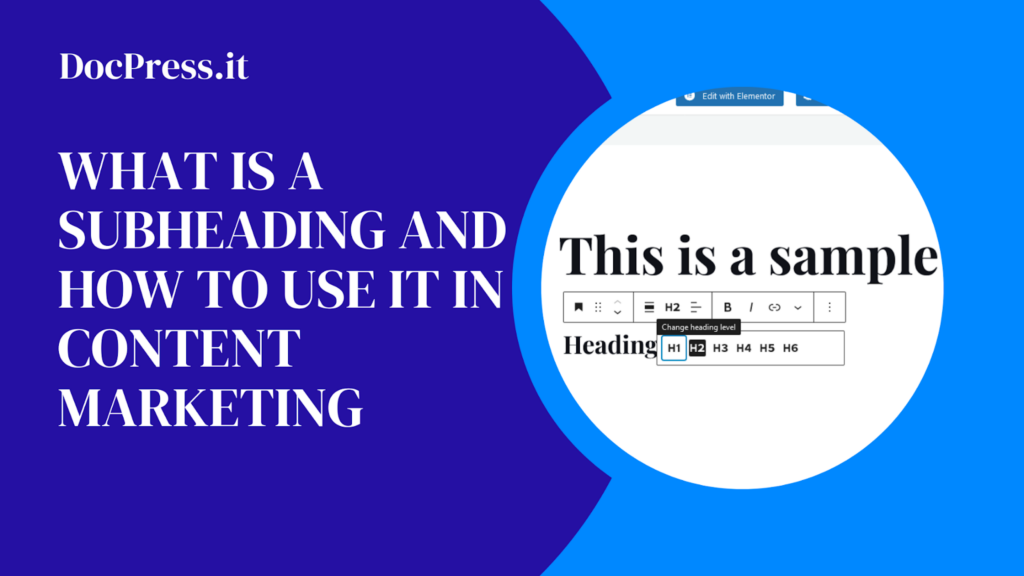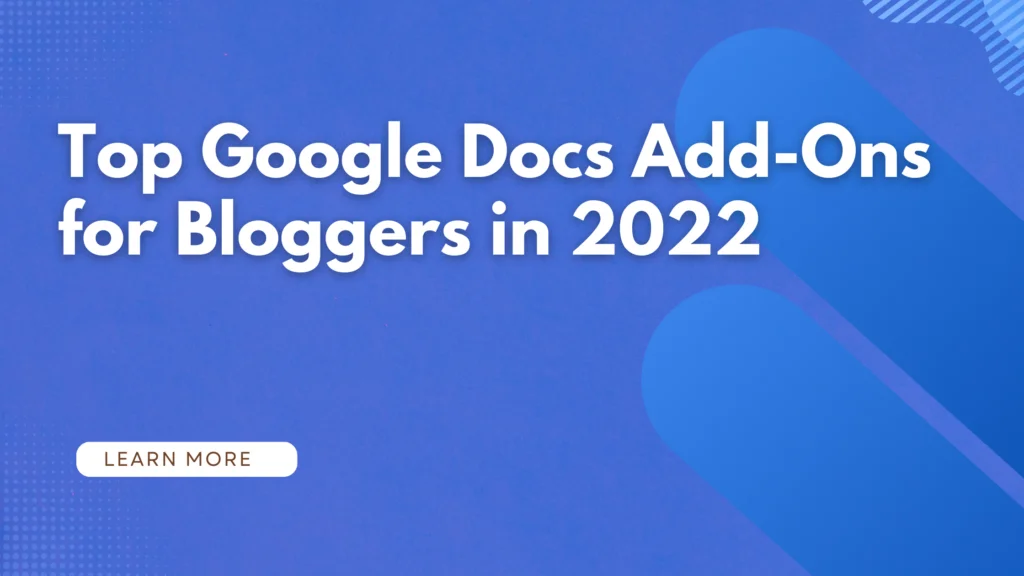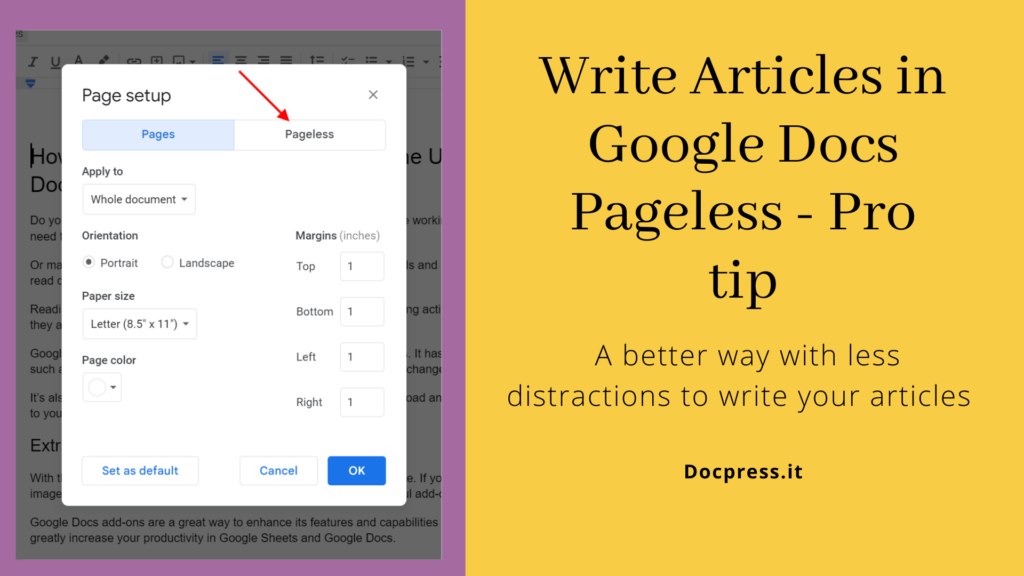When reading blog posts you’ve noticed that it’s not purely composed of plain text—there are headings and subheadings that break up the reading experience. Since we already know about headings as it was commonly used in writing, let’s delve deeper on subheadings and how they can benefit your content marketing.
What is a subheading?
A subheading is a secondary headline that appears below the main title of a document. Subheadings help break up large blocks of text and make it easier for readers to skim through the content quickly. They are also useful when you need to emphasize certain points in your text.
This is how they look when listed.
This is a H1 subheading
This is a H2 subheading
This is a H3 subheading
This is a H4 subheading
Depending on the website you are visiting they might have a different size.
Why do subheadings matter?
There are many reasons why subheadings matter in content marketing. But here are the main reasons why it really matters:
Make the content easier to digest
Subheadings are an effective way to make content easier to read. They break up large blocks of text, making it easy for readers to quickly scan through the document without feeling overwhelmed by information. This can help them find what they’re looking for more quickly and easily.
Help your readers find what they need
Subheadings also help your readers find what they’re looking for more quickly by organizing the content in sections. If there are many subheadings in a document, readers can scan through the headings to find what they need without having to read through the entire document. This can save them time and make it easier for them to get back on track after taking a break from reading.
Make your content look more attractive
Subheadings can also help you make your content look more attractive. If you have a long document with many subheadings, it will be easier for readers to find what they’re looking for and scan through the text. This makes it easier for them to quickly identify what they want and decide whether or not they need to read more closely.
Headline, Subheading, and CTA Combo
In writing, there are many ways to establish killer content that grabs the attention of leads. One of the most effective ways is to use a headline, subheading, and CTA combo.
This method helps readers understand what they’re reading right away and hooks the attention of readers using CTA or Call-to-Action.
Most people are already familiar with headlines and subheadings, but they’re not familiar with CTA. Here’s an article about the overview of Call-to-Action.
How to get started?
According to Hubspot, you should treat this formula like a three-man team. The headline should be your point guard, the subheading should be the shooting guard, and CTA is your power forward. This way, readers can easily understand what you’re writing about and take action immediately.
In other words, it looks like this:
- Headline: Attention Grabber – The headline should be catchy and interesting so that readers will want to continue reading. Remember that your headline is the front of your blog.
- Subheading: Draw Audience Deeper – The subheading is like a trailer for your blog post. It should give readers an idea of what the post is about and why they should keep reading.
- Call-to-Action: Action Setter – Your Call-to-Action should command the reader to do something as it generally tells readers what to do next. It could be subscribing to your blog, leaving a comment, or sharing your story on social media. The goal is to get people to act and interact with your content.
How important is this technique?
This technique is one of the most effective ways of getting more traffic from search engines. It makes content reading more interactive and helps readers to understand what they should do next. No wonder why most bloggers used this method in their SEO endeavors.
How to write the best subheadings?
Writing the best subheadings is not as easy as it seems. It takes more than just creating a few headings and writing some words under them. It may be tedious, but it’s worth the effort. You’ll be surprised at how many people don’t know how to create good subheadings. But if you follow the tips below, you’ll be able to write the best subheadings in no time at all:
- Use short sentences and active voice – The best subheadings are short and concise, and don’t use passive voice.
- Use keywords in your subheadings – This is one of the most important tips for writing the best subheadings. When you write a subheading, make sure that it includes your target keyword. This will help search engines locate your content faster.
- Make sure that each subheading has a different focus – If you write subheadings that all have the same focus, it will be difficult for readers to understand what they’re about. Instead, try writing one subheading that focuses on a specific topic and another one that focuses on a different topic. This way, your readers will be able to find the information they need quickly and easily.
- Write in a conversational tone – You should write your content in a conversational tone, not like an encyclopedia entry. This will make it easier for readers to understand what you’re saying and relate to it better.
- Make it relevant and eye-catching – When writing your subheadings, make sure that they’re relevant to the main idea of the article and eye-catching. This will help readers find what they’re looking for quickly.
- Keep it concise – One of the most important things you can do when writing your subheadings is to keep them concise. This will make it easier for readers to find what they’re looking for and understand what each subheading means quickly.
Mistaken uses of subheadings
Subheadings are often used incorrectly. It’s important to know when and how to use them, as well as what not to do with them. Here are a few common mistakes that people make when using subheadings:
- Using the same subheading for every section – This can be confusing for readers. If you’re writing an article about different topics, make sure that each subheading has its own topic.
- Using too many subheadings – Subheadings are meant to help readers find what they’re looking for. If you have a lot of subheadings, it might be too confusing for your reader. Keep the number of subheadings low so that readers can easily scan through them and find what they need.
- Using vague or inconsistent subheadings – Be sure that each subheading has its own meaning and is used consistently throughout your document.
How To Add A Subheading in WordPress
Adding subheadings in the WordPress editor is easy. Follow the steps below.
Classic editor
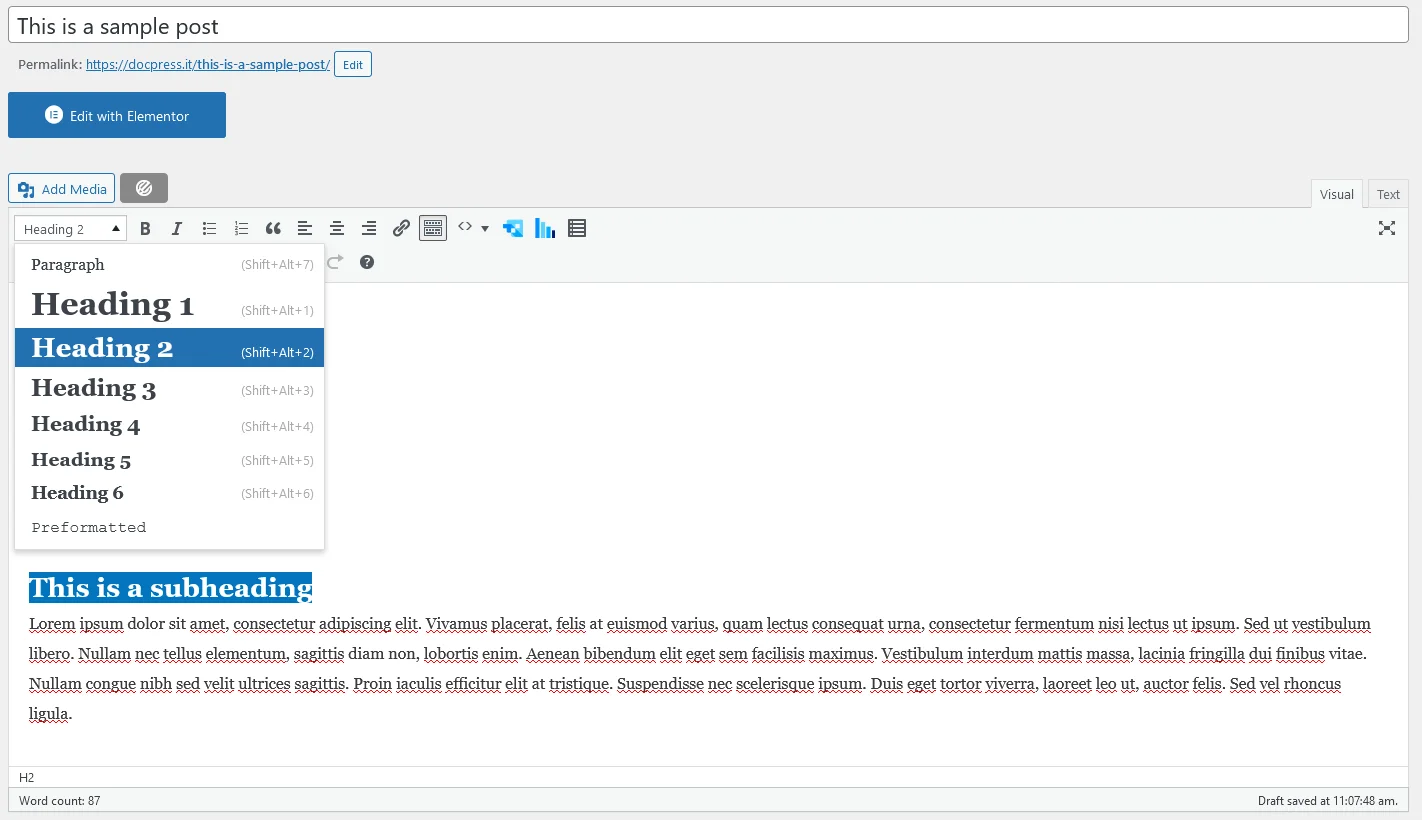
Select the text for which you want to add the subheading and go to the text toolbar and select the type H1, H2, H3, H4.
Gutenberg blocks
Step 1. For the Gutenberg editor please open the blocks toggle.
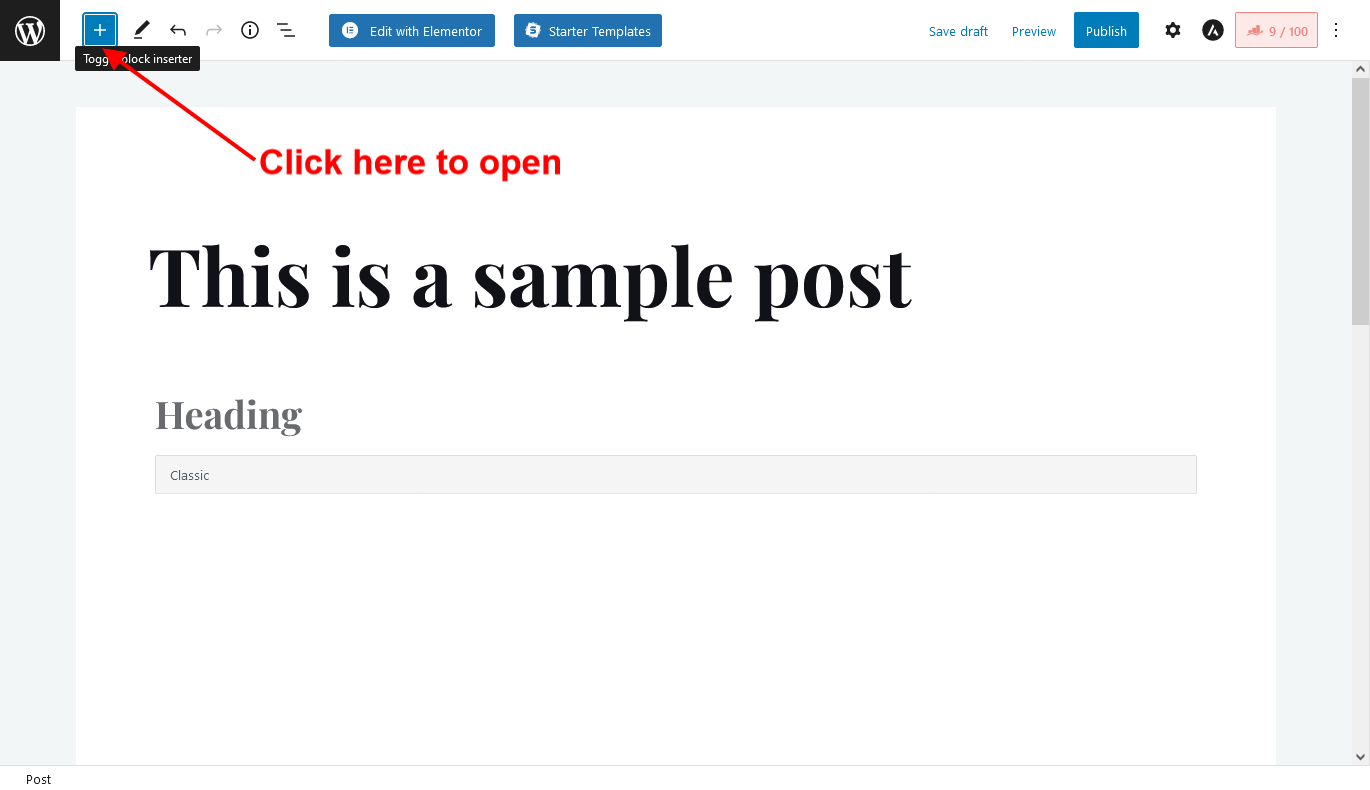
Step 2. Drag and drop the headings block in the visual editor.
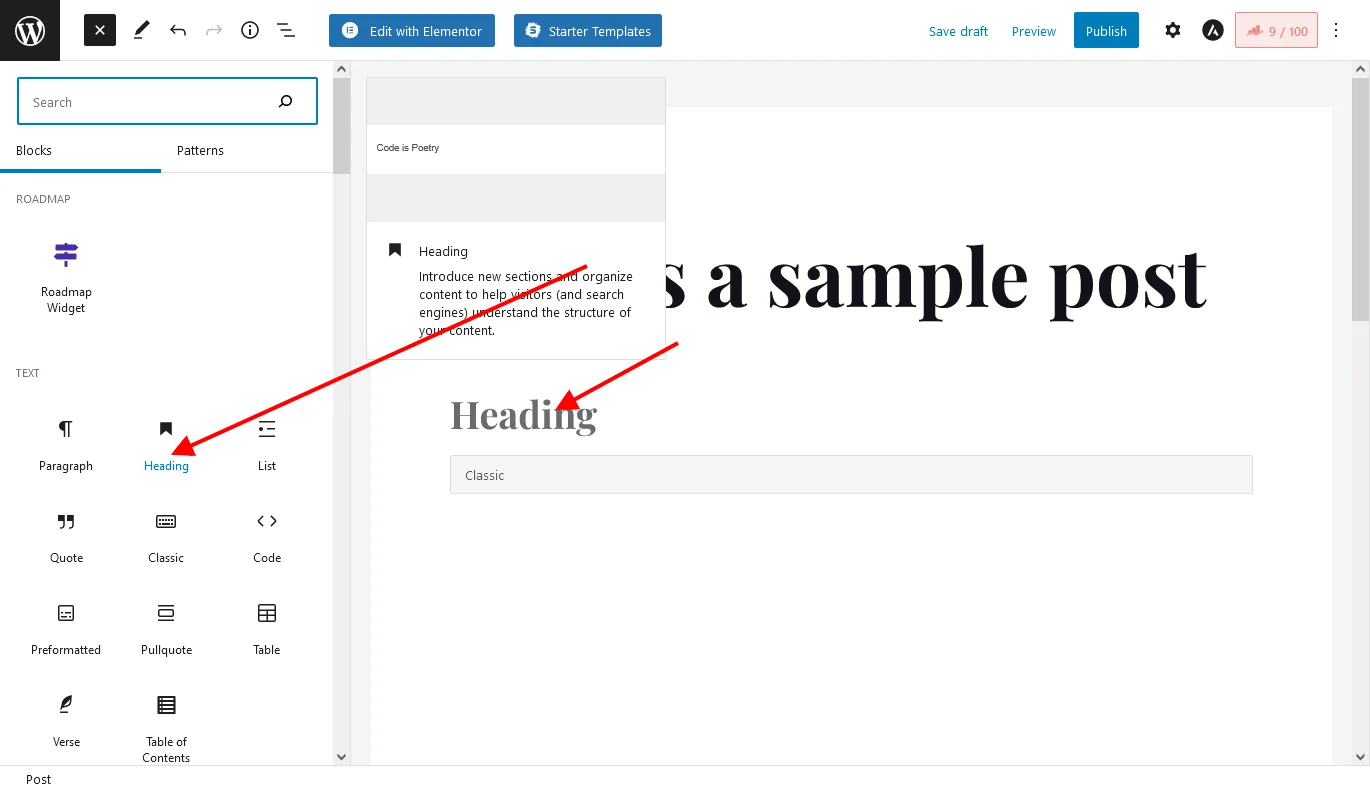
Step 3. Select the type of heading you want, by default it adds an H2.
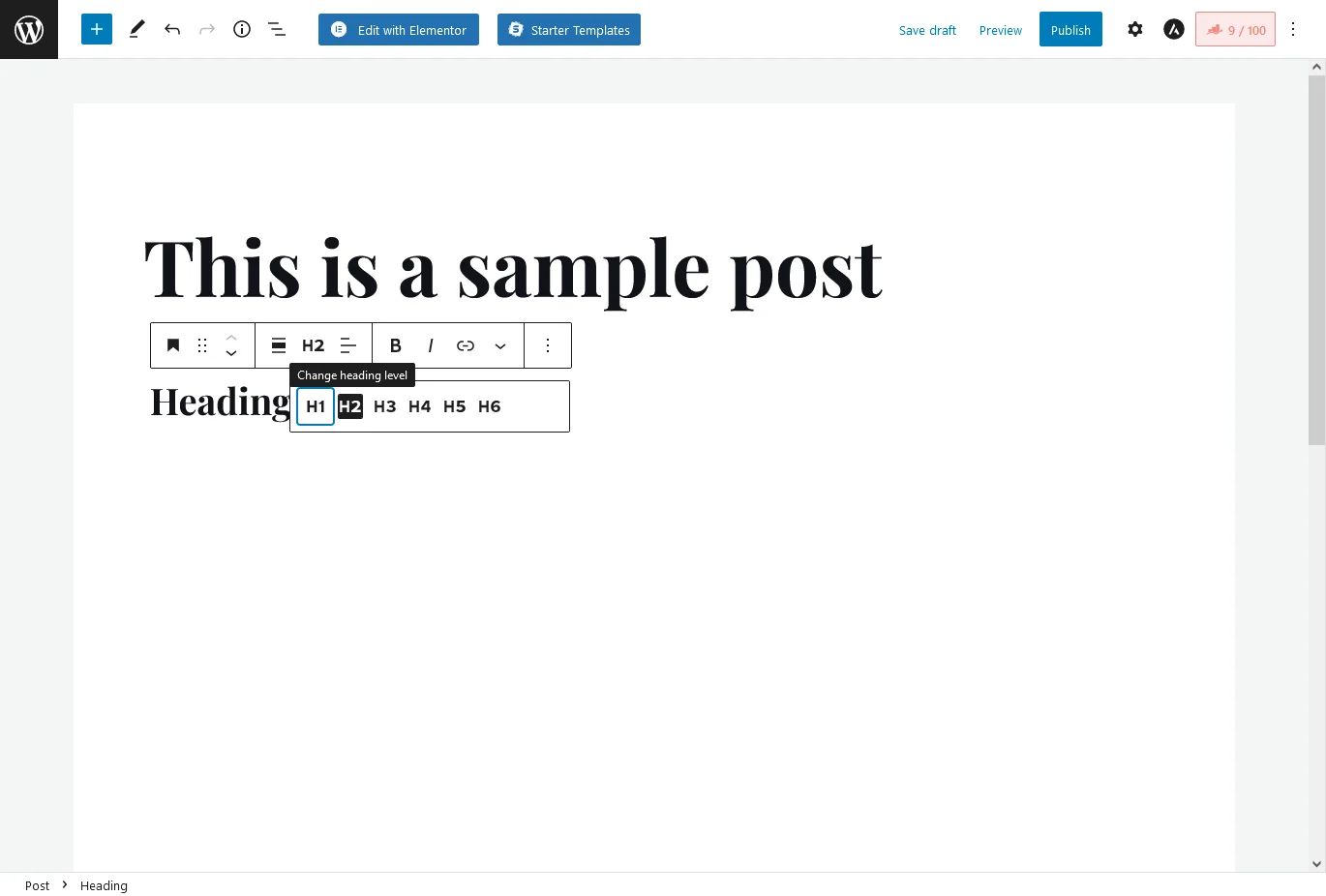
For SEO purposes start with H2 as H1 is always the title of the article.
Conclusion
Learning how to use information hierarchy is very useful as a content writer as it guides the reader to where he might be interested in the information is looking for. Use the box below to subscribe to our newsletter and learn more about blogging, WordPress and productivity.
Frequently Asked Questions
These are the most common questions we get that’s related to this article. If you don’t see what you’re looking for, feel free to send us a message!
How do you format a subheading?
Subheadings are usually bolded and should be in the form of Heading 2 (extends to 3, 4 and so on if needed). They can be placed on the center but it can be found usually on the left side.
How do I create a subheading in HTML?
When creating a subheading (plus heading) in HTML, you should follow these HTML tags.
- <h1>Heading 1</h1> – For main heading
- <h2>Heading 2</h2> – For subheadings
- <h3>Heading 3</h3> – For subheadings under Heading 2
- <h4>Heading 4</h4> – For subheadings under Heading 3
- <h5>Heading 5</h5> – For subheadings under Heading 3
- <h6>Heading 6</h6> – For subheadings under Heading 3
Heading 4 to 6 is not that necessary in content writing as it causes confusion.
Subscribe to our newsletter below to get amazing new articles, promos but also tips and tricks.

